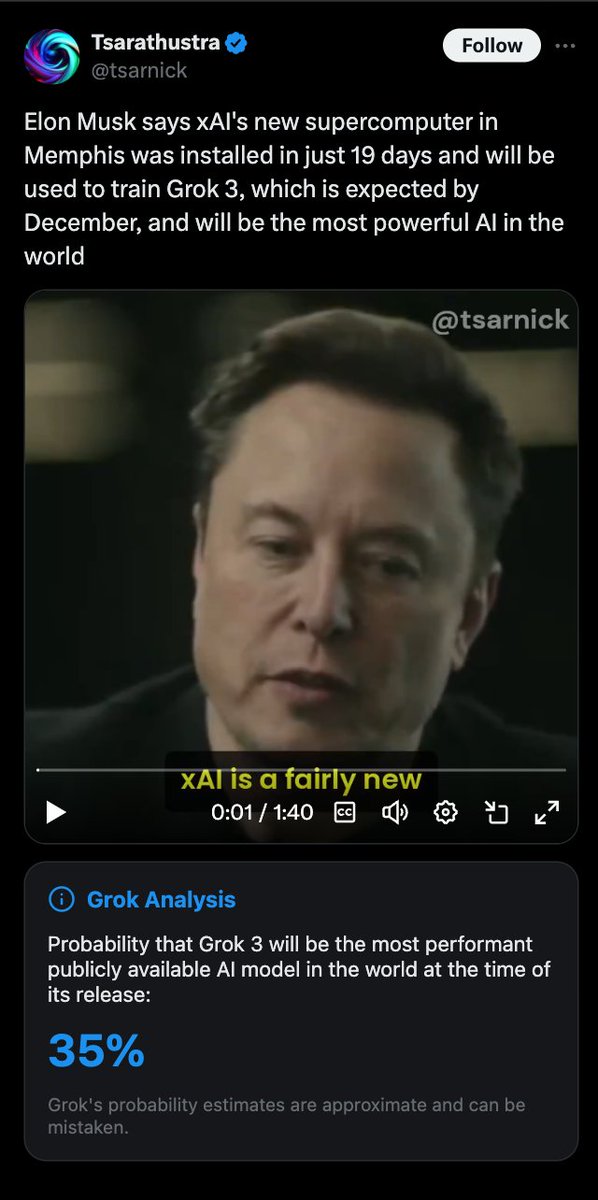The term “AGI” is currently a vague, moving goalpost.
To ground the discussion, we propose a comprehensive, testable definition of AGI.
Using it, we can quantify progress:
GPT-4 (2023) was 27% of the way to AGI. GPT-5 (2025) is 58%.
Here’s how we define and measure it: 🧵

To ground the discussion, we propose a comprehensive, testable definition of AGI.
Using it, we can quantify progress:
GPT-4 (2023) was 27% of the way to AGI. GPT-5 (2025) is 58%.
Here’s how we define and measure it: 🧵


Our definition of AGI is an AI that can match or exceed the cognitive versatility and proficiency of a well-educated adult.
To measure this, we assess the multiple dimensions of intelligence derived from the most empirically validated model of human intelligence (CHC theory).

To measure this, we assess the multiple dimensions of intelligence derived from the most empirically validated model of human intelligence (CHC theory).


For example, testing shows that models get 0% on Long-Term Memory Storage (continual learning).
Without persistent memory, current AIs have “amnesia.”
Relying on massive context windows is a “capability contortion”—a workaround that masks this fundamental limitation.
Without persistent memory, current AIs have “amnesia.”
Relying on massive context windows is a “capability contortion”—a workaround that masks this fundamental limitation.

People who are bullish about AGI timelines rightly point to rapid advancements like math.
The skeptics are correct to point out that AIs have many basic cognitive flaws: hallucinations, limited inductive reasoning, limited world models, no continual learning.
The skeptics are correct to point out that AIs have many basic cognitive flaws: hallucinations, limited inductive reasoning, limited world models, no continual learning.
There are many barriers to AGI but they each seem tractable.
It seems like AGI won't arrive in a year, but it could easily this decade.
Website: agidefinition.ai
Paper: agidefinition.ai/paper
It seems like AGI won't arrive in a year, but it could easily this decade.
Website: agidefinition.ai
Paper: agidefinition.ai/paper
• • •
Missing some Tweet in this thread? You can try to
force a refresh






















